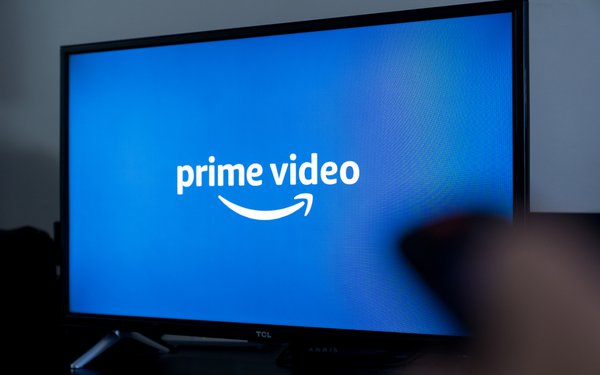
Amazon Prime subscribers will ask a federal
appellate court to revive their lawsuit over the company's decision to insert ads in streaming videos.
U.S. District Court Judge Barbara Rothstein in Seattle dismissed the
lawsuit last month, ruling that Amazon's agreement with Prime subscribers allowed the company to modify benefits -- including by ending ad-free videos.
Late last week, the
subscribers initiated an appeal to the 9th Circuit Court of Appeals. The consumers haven't yet made substantive arguments to that court.
The move marks the latest development
in a battle dating to February 2024, when California resident Wilbert Napoleon challenged Amazon over its then-new decision to serve ads in streaming videos (excluding videos people purchase or rent),
unless subscribers paid an extra $2.99 a month. The company rolled out its ad tier in January 2024.
advertisement
advertisement
Napoleon alleged that he renewed his annual subscription to Prime in June
2023 with the expectation that Amazon would continue to offer ad-free streaming. He pointed in the complaint to a February 2011 Amazon announcement
introducing Prime video, which said Prime members would receive “unlimited, commercial-free streaming.”
Other subscribers joined the suit last year, claiming in an
amended class-action complaint that Amazon broke its contract with subscribers and violated a Washington consumer protection law.
They initially characterized Amazon's move as
a price hike, arguing that the company's terms prohibited price hikes during their one-year subscription term.
Rothstein rejected that argument in February and dismissed the
case without prejudice -- a move that allowed the subscribers to amend their claims and bring them again.
The following month, the subscribers filed an amended complaint that
largely reiterated their original claims, but included a new focus on the section of the Prime Video terms of
service dealing with modifications. That portion of the terms says Amazon may modify the service for five distinct reasons -- including adding functionality or features, and supporting
quality and quantity of content.
The plaintiffs claimed Amazon violated that provision when it modified Prime Video by adding an ad-supported tier.
Rothstein rejected that argument this week, ruling that adding commercials was the type of change allowed by the Prime Video terms -- in part, because the move would support content.
She noted in the ruling Amazon said in an email to subscribers that the ads would enable it "to continue investing in compelling content and keep increasing that investment over a long period of
time.”